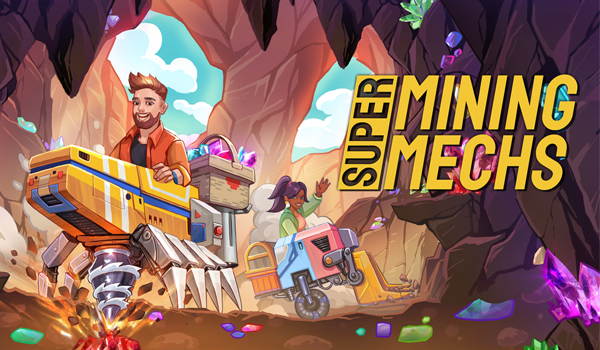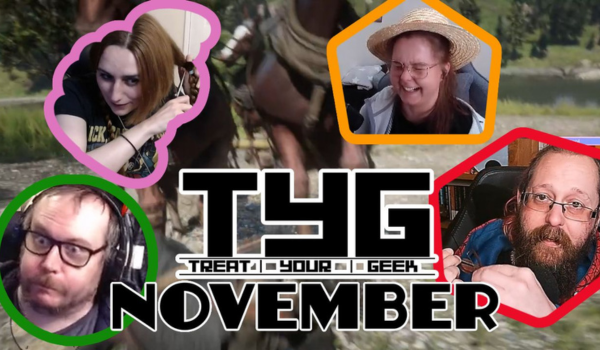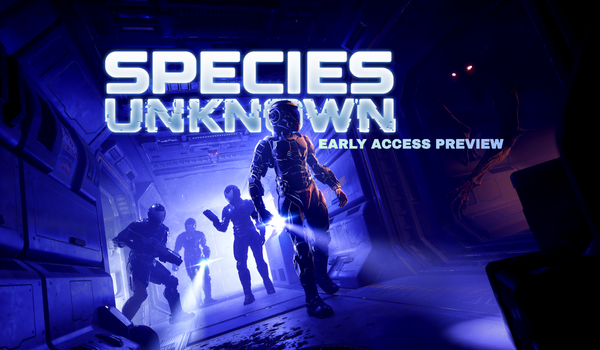
The derelict spaceship is unnaturally quiet, no mechanical hum of systems or electronic devices. Crew members lie motionless in all the corridors. Killed by something you hope doesn’t know that you’re there yet. You need to complete your objective and get off this ship, but at any moment, something could just pop out of a vent. Round the wrong corner and it’s “Game Over, Man!”. Species: Unknown leans heavily into this kind of tension, and even in its Early Access state, it delivers a memorable slice of sci-fi horror that immediately reminded me of Alien: Isolation in its claustrophobic atmosphere and Phasmophobia in the way paranoia builds when exploring with friends.
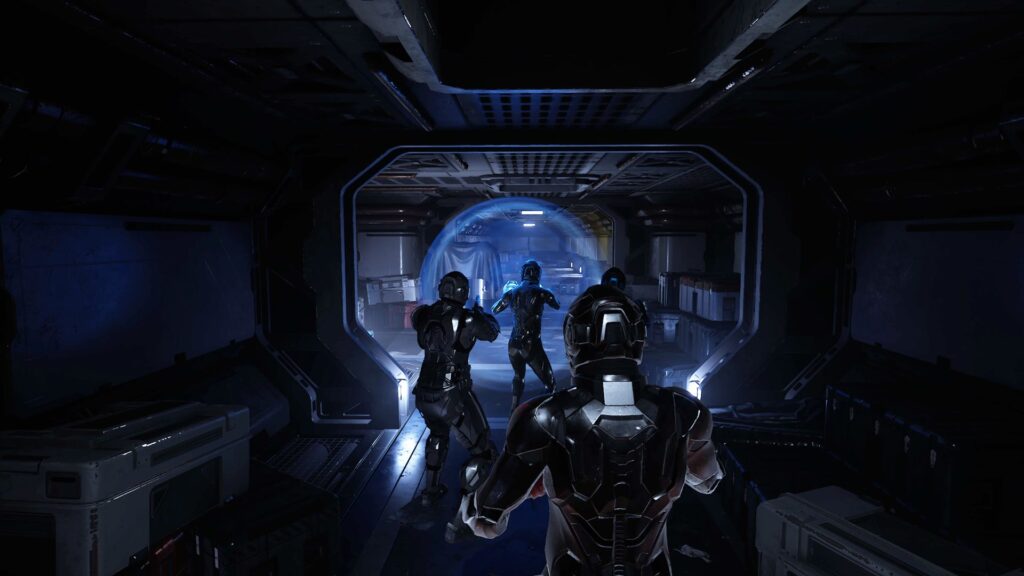
Species: Unknown is a cooperative (or solo) sci-fi horror experience built around exploring abandoned starships, uncovering what happened to them, and staying alive long enough to escape. One of the first things that struck me was just how good the game looks. Early Access horror tends to make me expect “Unity store” models and muddy textures, but this game offers detailed environments, impressive lighting, and character models that wouldn’t look out of place in a much larger production. Even on lower settings, the atmosphere holds together beautifully.

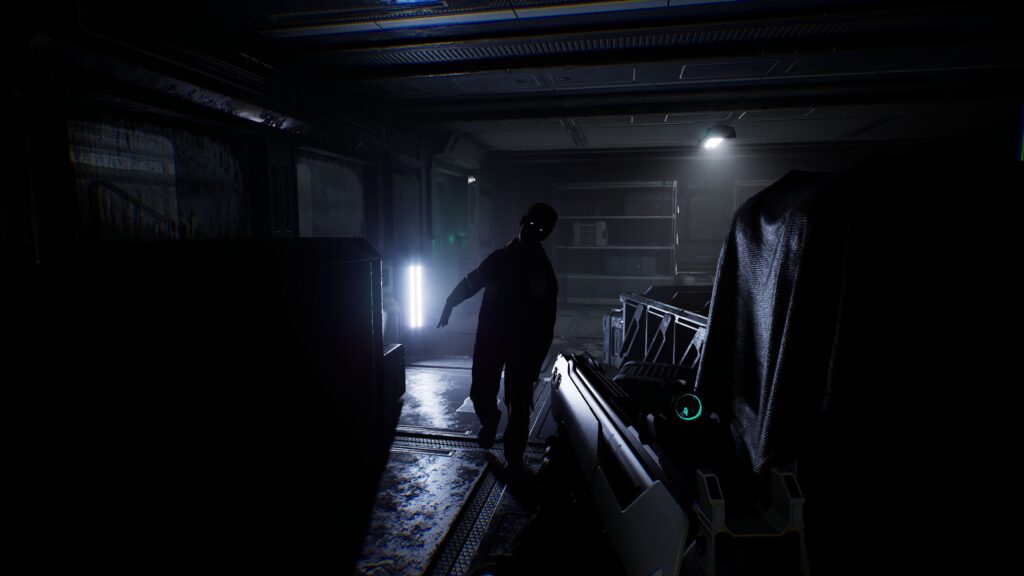
“They’re all dead Dave.”
Before each mission, you choose one specialised tool to take. Everyone starts with a simple map device. But through upgrades, tools like the medkit, portable energy shield, and motion tracker open up more strategic possibilities. You can only take one, which adds weight to the decision and can give you a specific role in your team. Solo, I often found myself debating whether I’d rather survive longer with healing or gain more awareness with the tracker. These tools are upgradeable between missions, and each one slowly becomes more capable as you expand the loadout.
Weapons, while not essential, can prolong the inevitable. After the first mission, you unlock a semi-automatic pistol that becomes a permanent part of your kit. Other weapons, such as the shotgun, SMG, and assault rifle, are found during missions. While these won’t kill the creature stalking you, they can slow them down or temporarily drive them off. Certain mission types, specifically extermination contracts, spawn far more lethal energy weapons, which are essential for completing this mission type. Ammo is plentiful, with lots of chances to restock, but gunplay is not the focus here.

“The truth is out there.”
The missions themselves add variety to each run. Black box recovery sends you searching for vital ship data. Whereas monster extermination and capture missions put you directly in the path of whatever creature is loose aboard the vessel. Then self-destruct runs require powering up a doomed ship while planning a fast escape.
The missions have a randomized selection of difficulty each run, offering different rewards depending on the challenge. The current Early Access build only includes one map with two minor layout variations. While it’s atmospheric, I began to feel familiar with its layout after several missions. The roadmap promises a third section for the current map and a completely new map next year, which should help alleviate that issue.
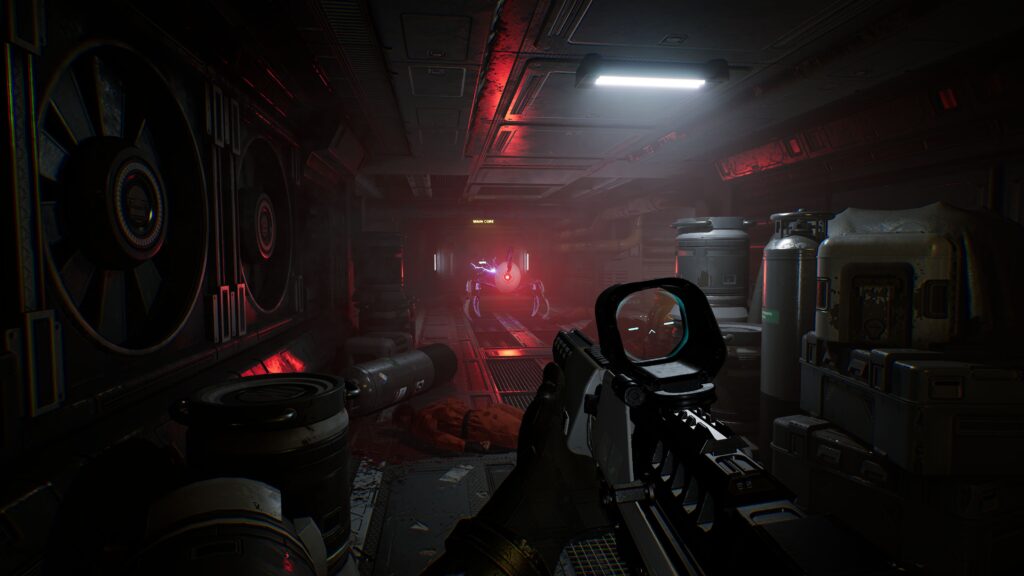
“I admire its purity. A survivor.”
One of the most engaging aspects of Species: Unknown is figuring out what type of monster is stalking the ship. Using the terminals, you cross-reference clues from the state of corpses, environmental anomalies, and previous encounters in the ship’s database to determine a creature’s characteristics and behaviour. This helps form a plan of action as different monsters can be countered with different tactics. However, with limited monsters in the early access build, it wasn’t long before I could identify the monster by the time I found the first body. As a bonus, the more missions I completed with a particular monster type, the more lore I unlocked in my personal database.
Progression is handled through a bounty reward system that tallies up performance at the end of each mission. Various modifiers affect how much can be earned. Some missions make healing cost money, others increase respawn costs, and you can get penalized for injuring or even killing your teammates. Finding special discs and keeping them until the mission’s end adds bonus cash as well.
You spend this money on permanent upgrades for yourself, your chosen tool, or the ship. Armour, stamina, flashlight battery life, tool range, and more can all be upgraded. Character customisation is available from the start, though the more interesting cosmetic options are tied to a supporter DLC. I do appreciate that upgraded armour is visually represented on the character model; it makes progression feel more tangible.


In space, you can hear your friends scream
Playing solo versus co-op offers very different flavours of tension. Solo missions scale down the objectives, so instead of hunting for seven keycards, you only need four. Monster durability and respawn charges stay the same, which keeps the pressure high. Playing alone amplifies the atmosphere; every noise feels close, and every objective feels heavier without backup. In co-op, teamwork becomes essential. Coordination can make or break an encounter, and some monsters behave differently when the group sticks together. One enemy type is almost trivialised if no one strays too far. The game feels balanced overall, but is infinitely more fun in co-op.
Species: Unknown still has clear limitations. The lack of map variety is the biggest drawback right now, and the content pool, while promising, isn’t large enough yet for long-term replayability. At present, the game includes one map with two pathing variations, four mission types, five monster types, and four difficulty settings with modifiers. The roadmap promises additional maps, more monster types, new missions, extra tools and weapons, and more QOL and cosmetic options.
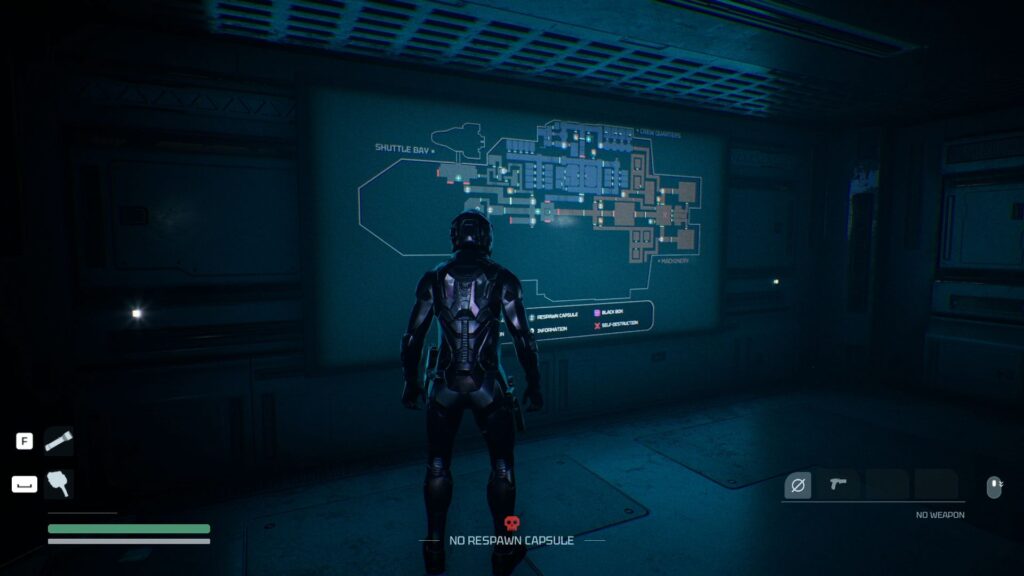
Should you commit to Species: Unknown?
Despite the limited content, I genuinely love Species: Unknown. It delivers atmosphere, tension, and strategy in a way that blends the claustrophobic fear of Alien: Isolation with the investigative co-op of Phasmophobia. With promised updates already rolling out and clear communication from the dev team, I highly recommend getting in on this early. If you enjoy tense sci-fi exploration, careful planning, and being hunted by something you can’t quite see, this is a title worth following closely.
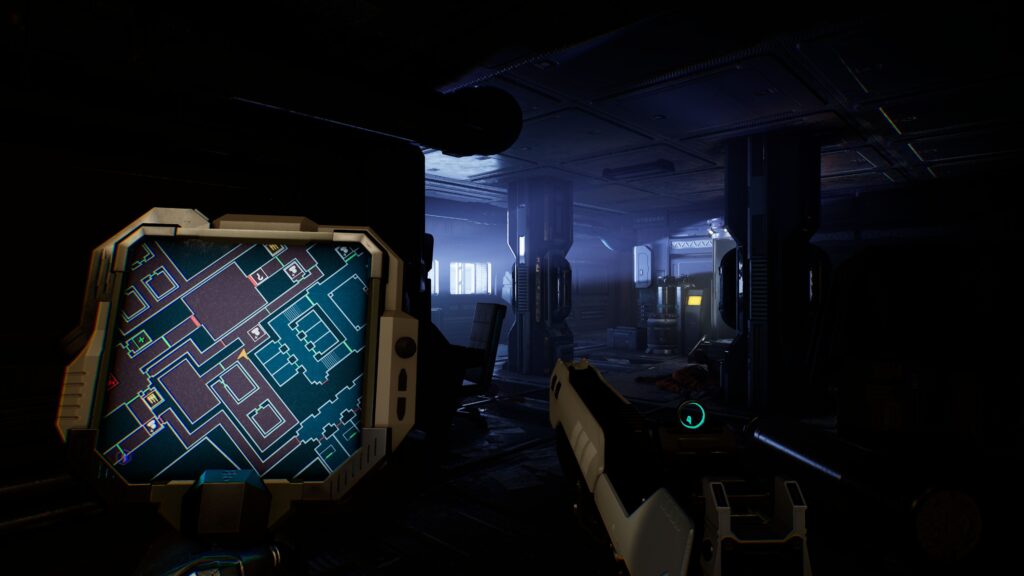
Developer: WanadevStudio
Publisher: WanadevStudio
Played on: Steam


